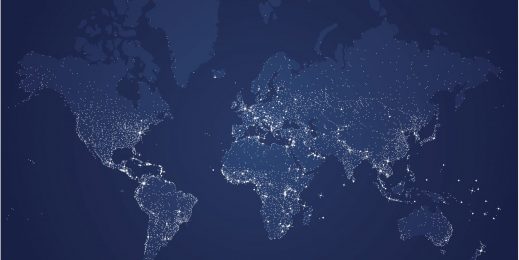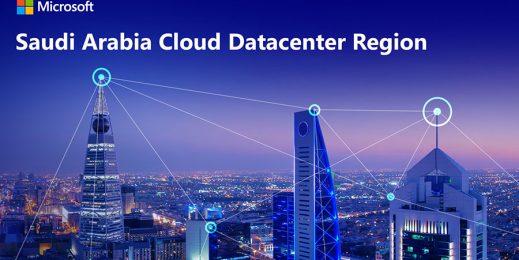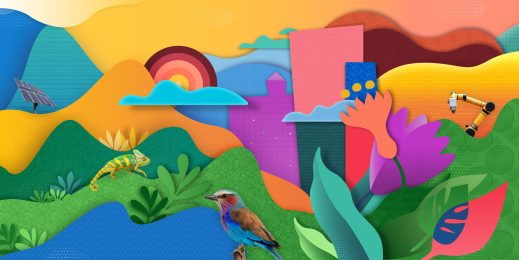
Accessibility is the next big game-changer for business
AI is powering greater inclusion in the workplace which, in turn, is powering new levels of innovation.
Imagine South African developer Rory Preddy’s surprise when his sophisticated new BMI scale provided him with a bunch of readings that more or less indicated he was at death’s door. Rory was perfectly healthy before entering his height and weight into the device, and standing on the scale, so what exactly went wrong?
Despite being considered a smart device, the scale was simply not able to process Rory’s 4ft1 stature to create an accurate assessment. Like so many mainstream products it had not been created with a broad spectrum of personas in mind.
Hearing this story, it’s easy to understand exactly what Rory means when he says disability is nothing more than the mismatched interaction between the features of a person’s body and the society in which they live.
Though the world is advancing at a rapid pace, it’s not always moving forward with inclusivity in mind. But, as an Audience Developer for Microsoft, Rory is hopeful about the role that technology like AI will play in making sure no-one is left behind.
Implications of an inaccessible society
For many people living in the Middle East and Africa (MEA), the consequence of having to interact with a world that is not accessible is extreme. In fact, for some developing countries, many of which are found in the MEA region, the unemployment rate for people with disabilities is as high as 80 percent.
There are many reasons why this number is so high, but one that is particularly concerning is workplace accessibility. At least 32 percent of people living with disabilities in countries across the developing world say their workplace is still not accessible.
A significant driver of this is the misperception that inclusion comes at significant cost to companies and only benefits a small group of people. In fact, Emirates NBD conducted a study among 75 employers in the UAE to ascertain their concerns about hiring staff members with special needs. It found that many employers believe hiring people with disabilities would only lead to expensive modifications.
Everyone is limited in some way
But as Rory explains, everyone has abilities and limits to those abilities. Creating products for people with permanent or temporary disabilities actually results in design with universal benefits.
Moreover, excluding people with disabilities from education and employment opportunities is limiting for economies. For low and middle-income countries the cost can be as much as seven percent of the national GDP.
Drawing on different perspectives
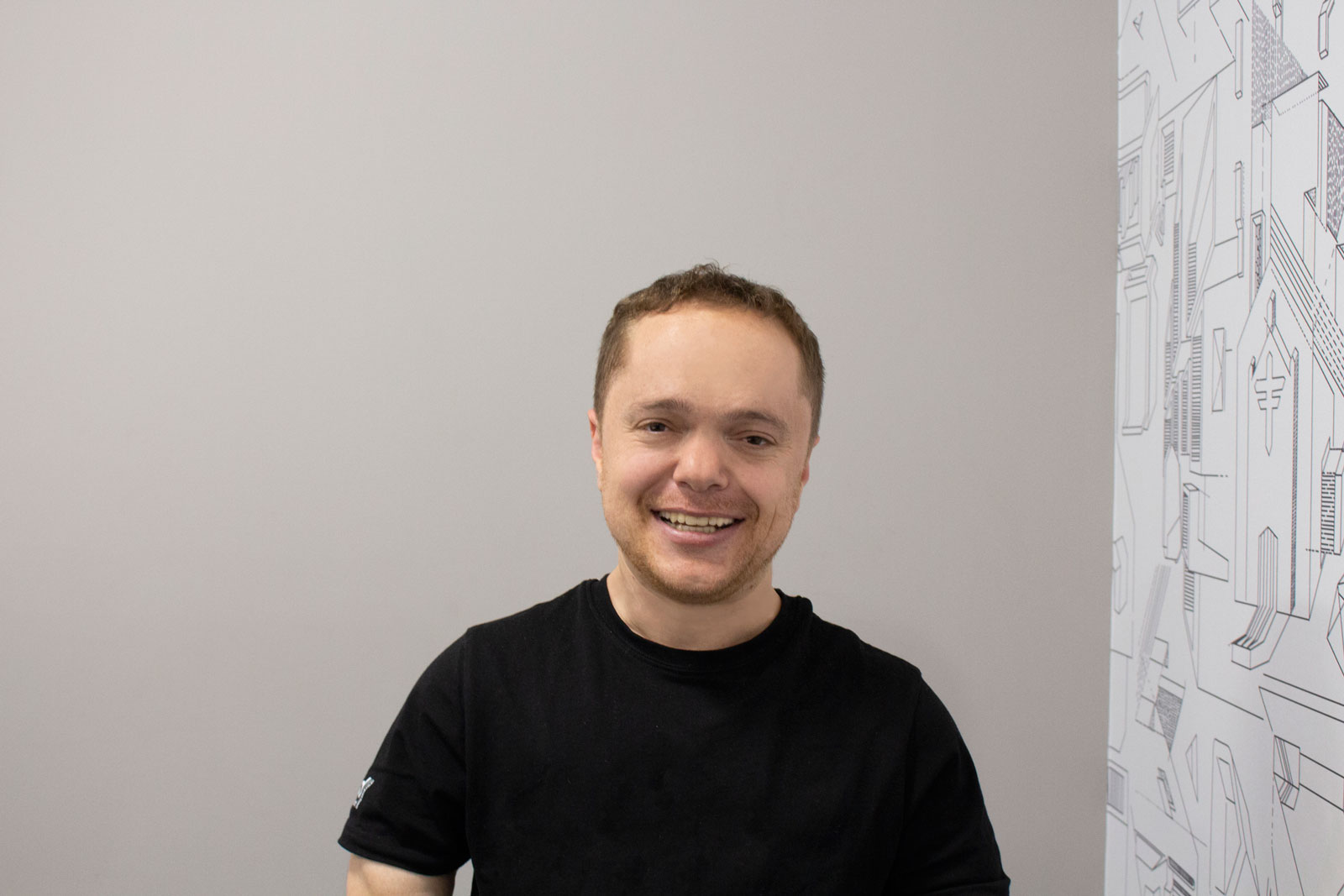
Forward-thinking companies have long championed people with disabilities as unique and valuable contributors to the business world. In fact, Inclusive Design Principles are built on the very idea that designing with diversity in mind leads to innovation. And companies can look at embracing this philosophy in different ways – whether it be through large-scale investment such as the development of an Inclusive Design division or simply by relooking their hiring strategy.
“Employing a diverse workforce that includes people with disabilities is fundamental to the ability to create products that are truly inclusive. The best way to understand the limitations of products that are currently on the market is to gain insights from people with fresh, diverse perspectives,” says Celine Bremaud, Microsoft Middle East and Africa Vice President: Sales, Marketing and Operations.
Diversity powers innovation
This level of diversity doesn’t happen by chance, though, which is why Jasmin Pillay, HR Director for Microsoft South Africa, believes businesses have to become very deliberate in seeking out new sources of fresh talent.
The potential for diversity to power innovation is evident through the stories of individuals like Hasan Özdemir who works in Microsoft’s Commercial Software Engineering team in Turkey. Hasan is a Software Engineer who has low vision. He was first introduced to the life-changing power of technology in high school, setting him on a path to master software engineering and develop accessible apps for other visually impaired people. Since joining Microsoft in 2009, Hasan has worked on various accessibility projects, helping to build the company’s accessibility team in Turkey in 2014.
One project Hasan is particularly proud of is the MyLibrary app, which allows users who are blind or have low vision to read more than 40,000 books from anywhere, anytime and on any device.
As Programme Manager and Accessibility Lead at Microsoft, Hasan continues to help design products that are more accessible for everyone. “I strongly believe that together we will one day remove all barriers to inclusion and make the world 100 percent accessible for every person on the planet through the power of our technologies,” he says.
Taking accessibility to the workplace
Employers across the region are starting to realise that accessibility doesn’t always look like big, expensive modifications – in fact, sometimes it’s as simple as a minor policy adjustment.
This is particularly the case when it comes to individuals with invisible disabilities like depression or anxiety. “Accessibility is not always just about the physical environment. For some people, more accessible working conditions might mean working from home several days a week,” says Jasmin.
There can also be little doubt that the technology to make the workplace more accessible has become widely available. Looking at a few of the examples depicted below, it’s clear just how prevalent these solutions are becoming.
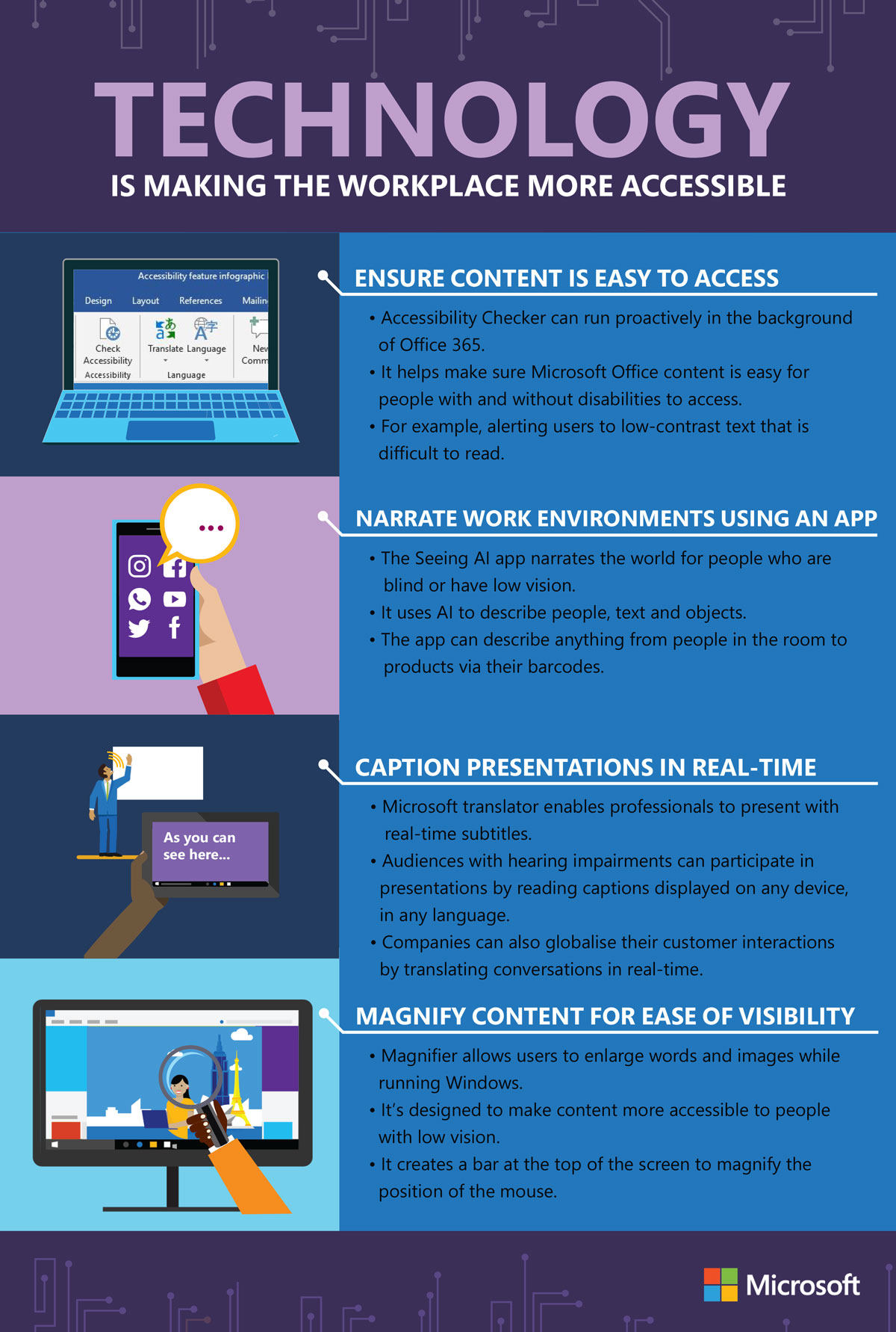
- Image 1: Laptop featuring accessibility technology.
text next to image 1:
Ensure content is easy to access
• Accessibility Checker can run proactively in the background of Office 365.
• It helps make sure Microsoft Office content is easy for people with and without disabilities to access.
• For example, alerting users to low-contrast text that is difficult to read. - Image 2: A speech bubble extending from a mobile phone that features various different apps.
text next to image2:
Narrate work environments using an app
• The Seeing AI app narrates the world for people who are blind or have low vision.
• It uses AI to describe people, text and objects.
• The app can describe anything from people in the room to products via their barcodes. - Image 3: Man delivering a presentation in front of a mobile phone that is providing real-time captions. text next to image 3:
Caption presentations in real-time
• Microsoft translator enables professionals to present with real-time subtitles.
• Audiences with hearing impairments can participate in presentations by reading captions displayed on any device, in any language.
• Companies can also globalise their customer interactions by translating conversations in real-time. - Image 4: Magnifying glass being used to enlarge content on a computer screen. text next to image4:
Magnify content for ease of visibility
• Magnifier allows users to enlarge words and images while running Windows.
• It’s designed to make content more accessible to people with low vision.
• It creates a bar at the top of the screen to magnify the position of the mouse.
Making AI more widely available
Empowered by AI, people with disabilities are expanding their use of computers to hear, see and reason with impressive accuracy.
And as the momentum around accessibility begins to grow, so innovative tech startups across the region are turning their attention to the development of new AI-based accessibility solutions. Israeli startup, Voiceitt, for example, wants to make voice recognition truly accessible to everyone. As such, it’s building speech recognition technology to understand non-standard speech and dysarthria – a condition that affects the physical production of speech.
The new company was recently recognised with an AI for Accessibility grant from Microsoft to continue its work. And the more MEA-based initiatives such as these invest in the development of AI for accessibility, the more widely available these solutions will become.
Creating a society that is accessible to people with disabilities is not an investment that benefits just a small group of people. Every single person will experience a disability one way or another in their lifetime – which is why accessible environments are an advantage to us all. And the more inclusive society becomes, the more quickly it will be able to develop the solutions needed to make universal accessibility a reality.
Interested parties can submit their idea for an AI for Accessibility grant here





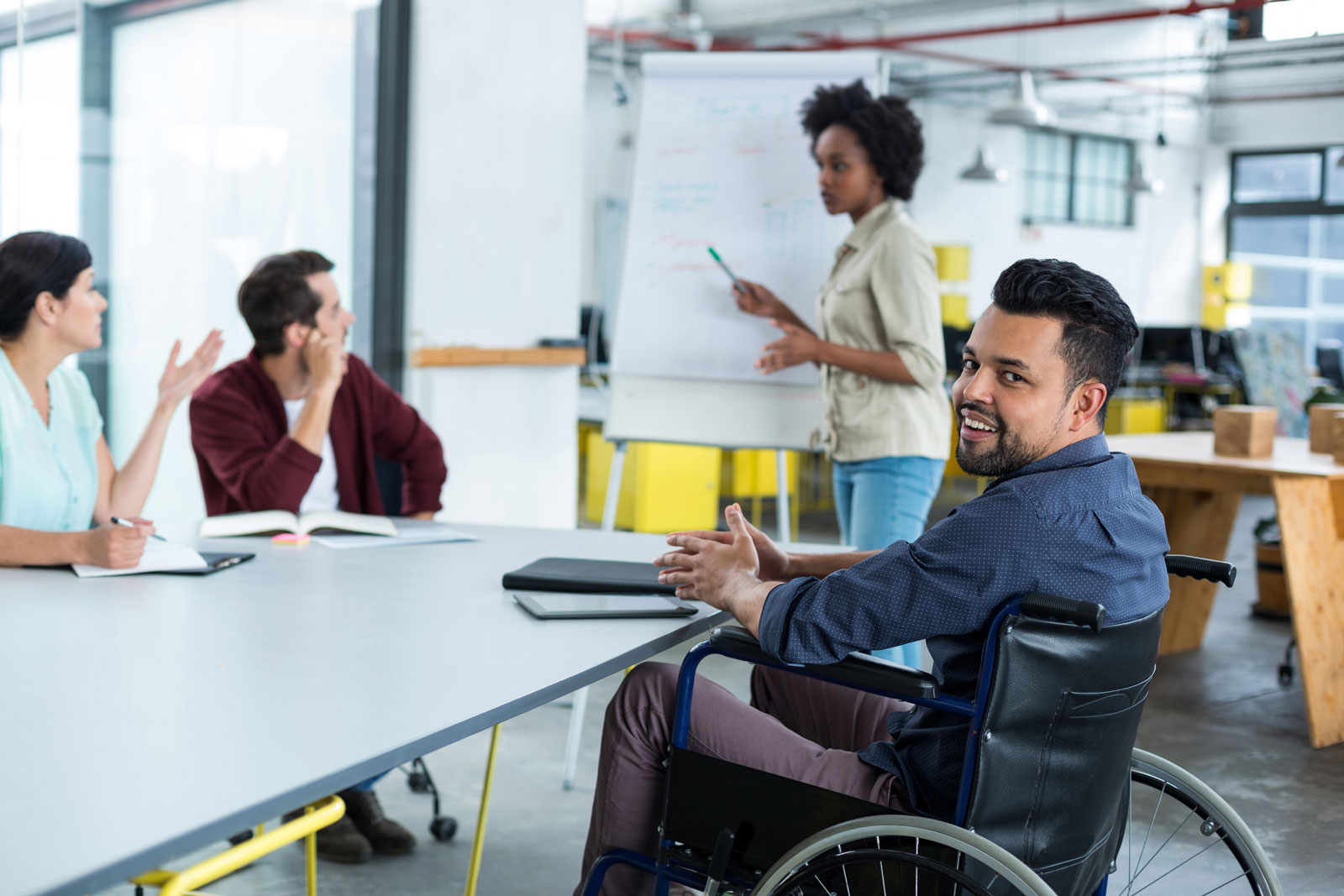




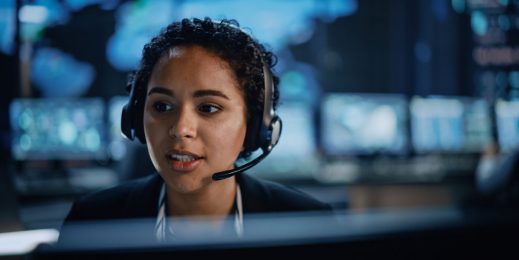
![A security team analyses key data from a visual dashboard.]](https://news.microsoft.com/wp-content/uploads/prod/sites/133/2023/04/Security-Sprint_TL_Banner-Image-519x260.jpg)
